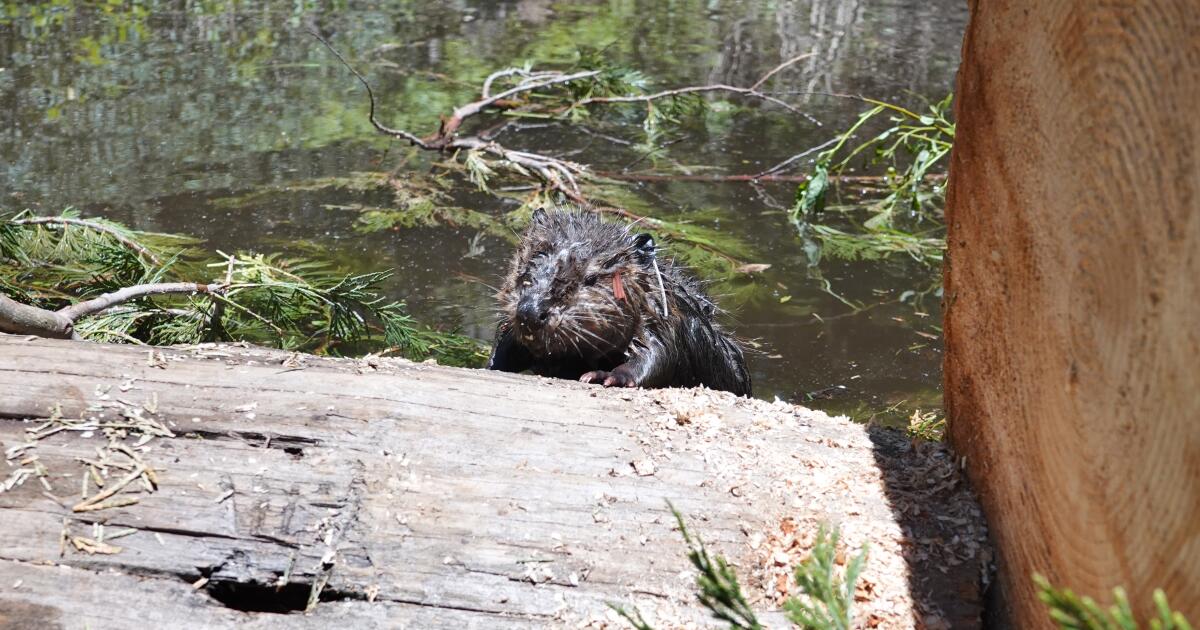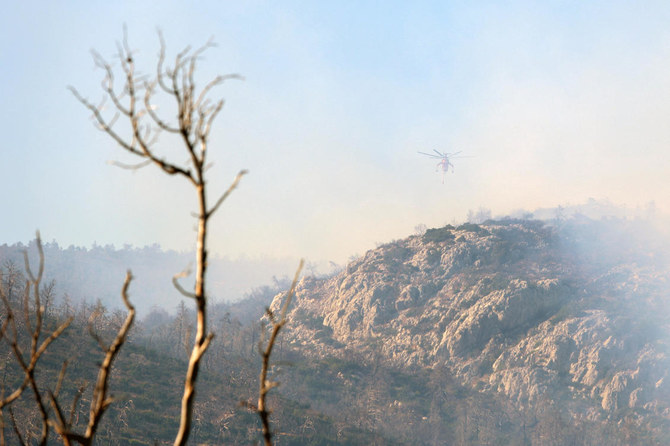
Beavers are precious to the Tule River Indian Tribe. They are woven into the California tribe’s stories and appear in ancient pictographs painted by ancestors on the walls of a rock shelter in the Sierra Nevada Mountains. But when nine of the furry rodents recently slid out of crates and slipped into waterways on the Tule River Reservation, they returned to a habitat where they hadn’t been seen in nearly a century.
A family of beavers — three adults, one subadult and three babies, known as “kits” — were released into the South Fork Tule River watershed on June 12, the California Department of Fish and Wildlife said. Two other beavers were released into Miner Creek on June 17. The department conducted the releases in the foothills of the southern Sierra in partnership with the tribe, whose 55,356-acre reservation is based in Porterville, Calif.

, in Tulare County. Beavers were a common sight in parts of the Sierra before the arrival of Europeans, but by the 20th century, their numbers had been decimated by fur trappers and eradication efforts. A decade ago, tribal leaders called for the animals to be returned, driven by traditional Indigenous knowledge about beavers’ importance to the ecosystem — and inspired by the 500-to-1,000-year-old beaver images left at the Yokuts village site known as Painted Rock.
In 2022, Fish and Wildlife received state funding to start a restoration program to prepare sites in California for the semiaquatic animals. Beavers aid the en.















